Description
Audi 80 Hardcover book (fragment of the text)
One of the most popular Audi models owes its birth to a whole series of surprising and contradictory events. Not only that, but the postwar revival of the Audi brand began with the first generation of the model.
The history of the Audi 80 coincided with important changes in the Auto Union concern, which included such brands as Horch, DKW, and Wanderer, in addition to Audi. On April 24, 1958, Daimler-Benz acquired about 88% of Auto Union, paying more than 41 million DM. And a year later, it became the sole owner of the German automaker.
Here’s how Daimler-Benz board spokesman Fritz Könecke commented on it: “We married a good girl from an old family.” The German business newspaper Handelsblatt wrote, “By taking over Auto Union, with an annual turnover of about 400 million DM and a staff of 10,000, the Daimler-Benz Group has regained its leading position in the West German automobile industry.”
Previously, due to a lack of working capital, Auto Union had been forced to postpone production of an inexpensive compact car that had been in development since the mid-1950s and later became known as the DKW Junior. After the takeover by Daimler-Benz, the necessary investments for producing the model appeared, but the company faced another problem – the lack of production capacity.
After a heated debate, the decision was made to build a new plant in Ingolstadt. A loan of 25 million DM from the State Bank of Bavaria played an important role. Construction work began in July 1958 on the northern outskirts of the city. The newspaper Donau Kurier happily stated, “One of the largest and most modern automobile plants in Europe is being built near Ingolstadt.”
A year later, in July 1959, the first DKW Junior with a 2-stroke engine rolled off the assembly line in Ingolstadt. But this characteristic design feature caused certain sales problems.
Technology in engine construction did not stand still, and over time, the 2-stroke engine lost its competitiveness. So Auto Union set out to create its own 4-stroke engine. To do this, Daimler- Benz sent a team of technical experts to Ingolstadt, including Ludwig Kraus, who was later appointed head of the design department.
Despite these measures, Auto Union’s turnover was steadily falling since 1962, and about 30,000 cars with 2-stroke engines piled up in the warehouses. Within the walls of Daimler-Benz, the joy of a seemingly profitable acquisition was replaced by despondency.
To protect itself from further financial losses, at the end of 1964, it began the process of selling Auto Union to its future owner, Volkswagen AG.
Thus, by the end of 1966, the company was fully owned by VW. The change of ownership meant abandoning the obsolete motor. While the company’s design bureau was actively working on a new model with a 4-stroke engine, VW Beetle assembly was temporarily set up in Ingolstadt.
From May 1965 to July 1969, the plant produced almost 348,000 Beetles. In September 1965, the first post-war Audi with a modern 1.7-liter 4-stroke engine was presented to the public.
The car with the factory index F103 aroused the keen interest of buyers and became the basis for creating a whole family of cars. The history of the Audi 80 and numerous modifications began with this model.
Read the continuation of Audi 80 story in the book.
Other books about history of Audi:
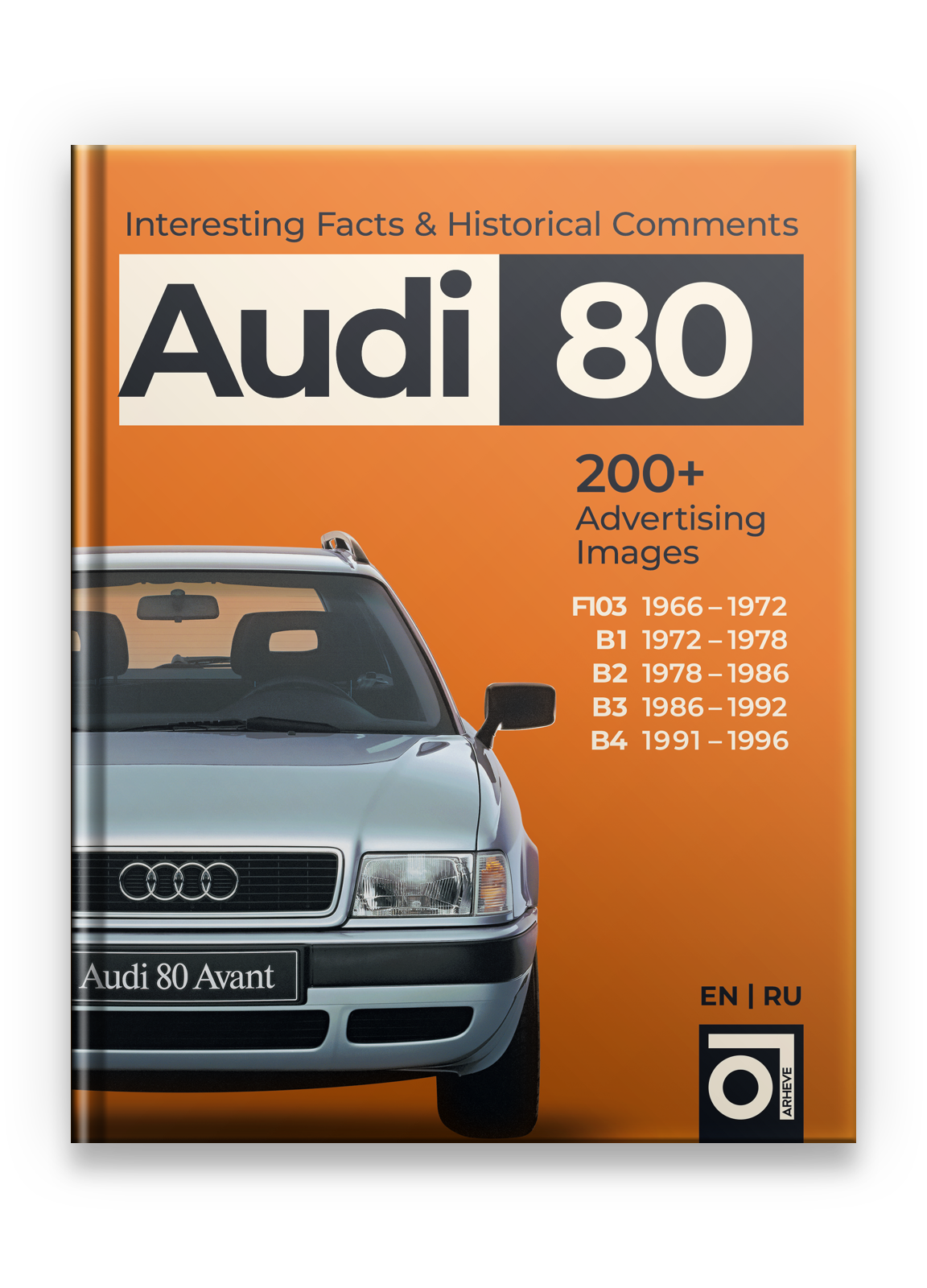









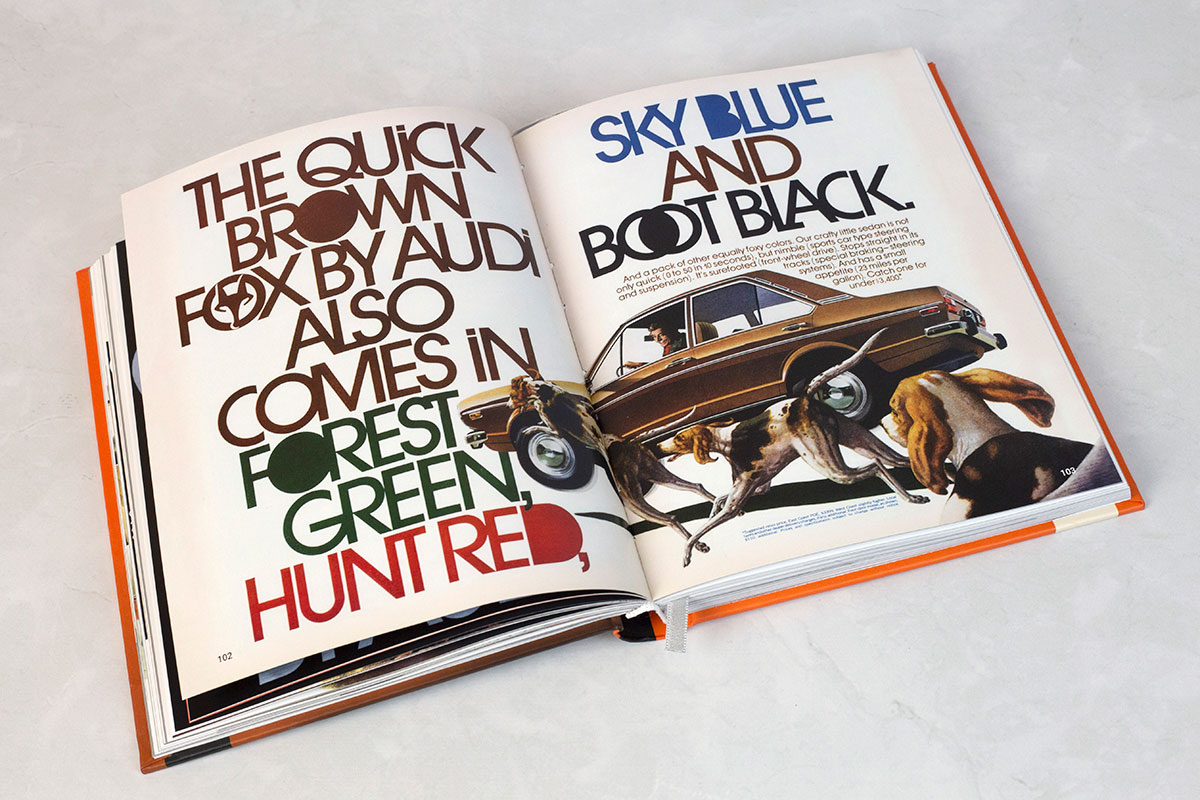


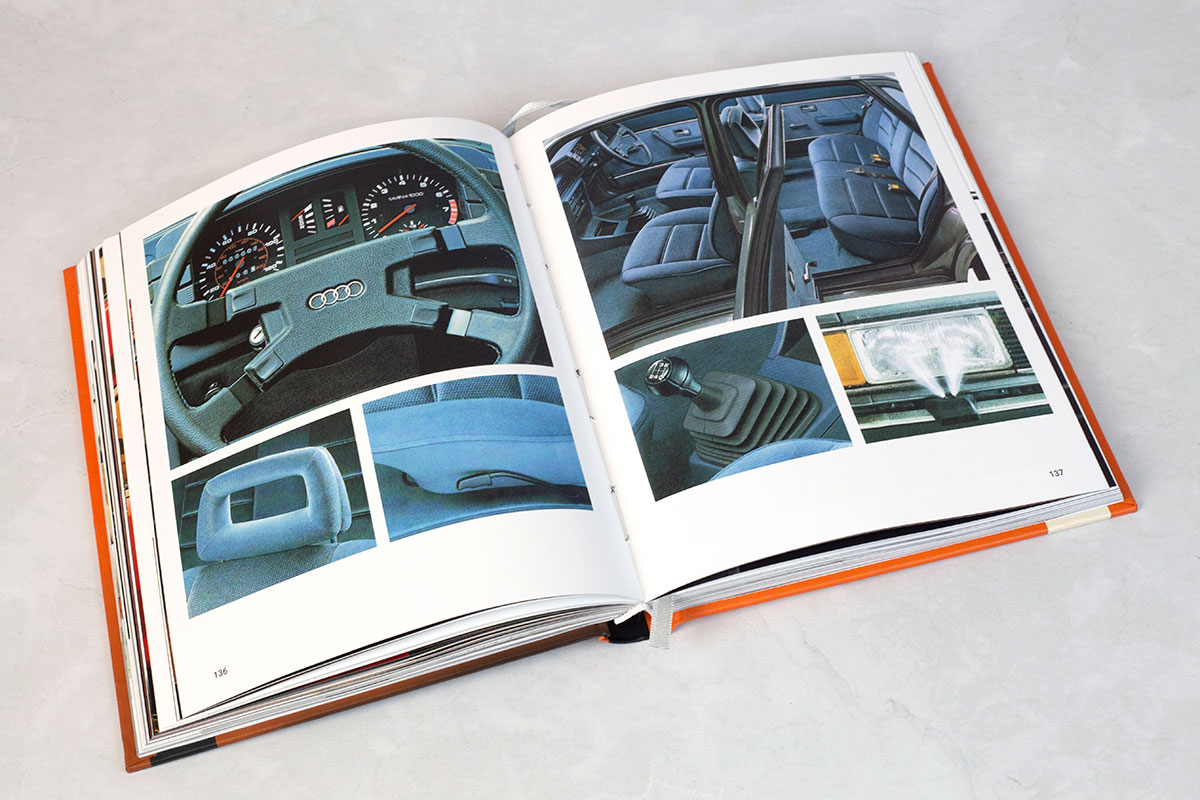



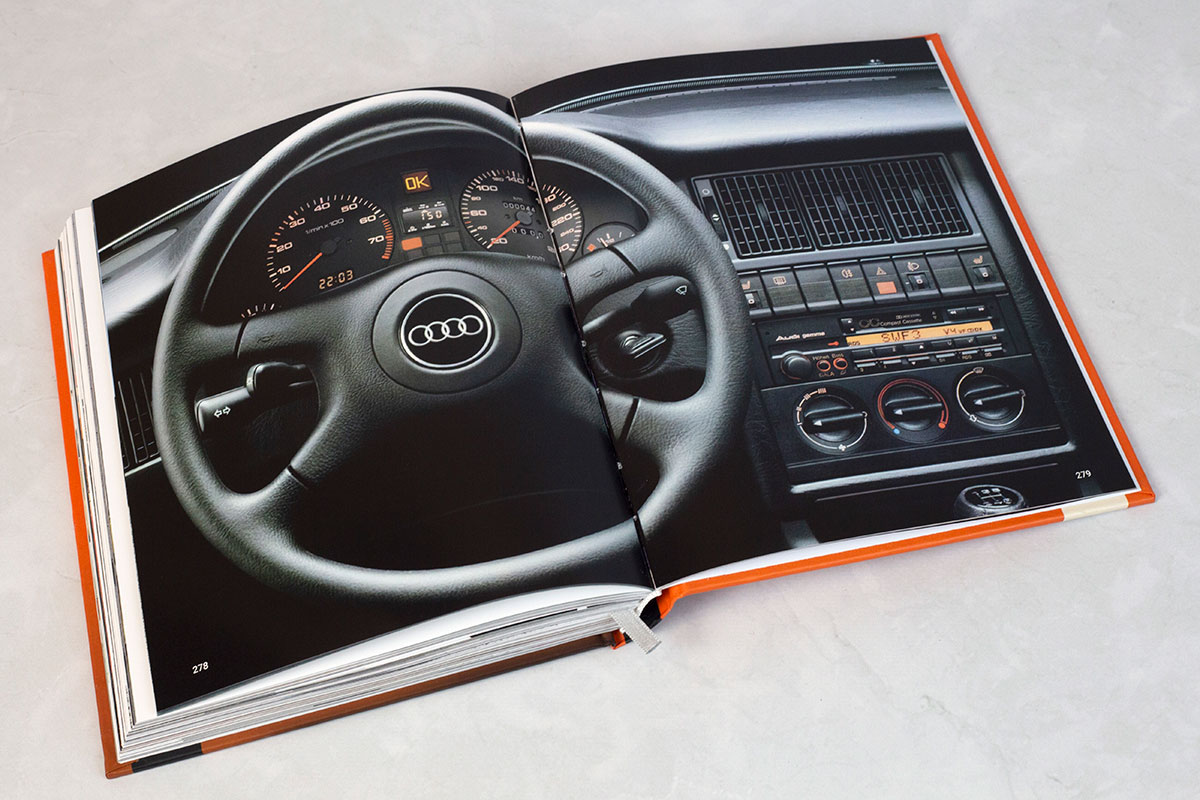

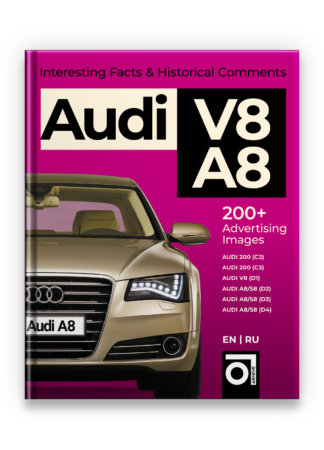
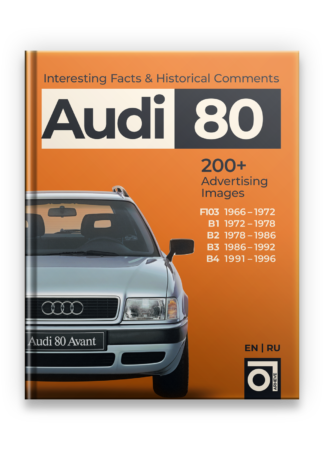
Reviews
There are no reviews yet.